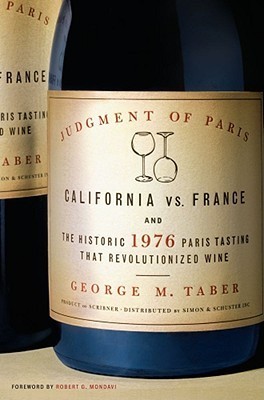What do you think?
Rate this book


327 pages, Hardcover
First published January 1, 2005
If we sip the wine, we find dreams coming upon us out of the imminent night. —- D.H. LAWRENCE
Wine is sure proof that God loves us and wants us to be happy. —- BENJAMIN FRANKLIN
God made only water, but man made wine. —- VICTOR HUGO
A glass of wine is a great refreshment after a hard day’s work. —- LUDWIG VAN BEETHOVEN
To take wine into our mouths is to savor a droplet of the river of human history. —- CLIFTON FADIMAN
A bottle of good wine, like a good act, shines ever in the retrospect. —- ROBERT LOUIS STEVENSON
Wine is sunlight, held together by water. —- GALILEO